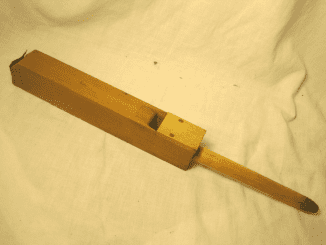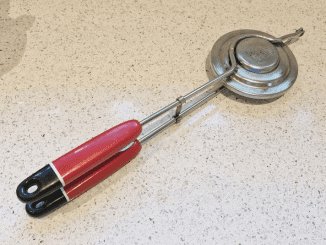Steel coils are a ubiquitous sight on our roads, with trucks hauling these heavy loads to construction sites, factories, and warehouses across the country. However, the way these coils are often transported poses a serious, and largely overlooked, threat to driver and public safety.

One of the key issues with vertically stacking steel coils on a vehicle is the concentrated pressure it puts on the floor of the transport. When the coil is standing up, the contact area with the vehicle floor is much smaller, causing the pressure to be much greater. This can exceed the maximum allowable load for the container floor, potentially causing damage or even a catastrophic failure.
Another major risk of vertically oriented steel coils is their tendency to roll. Due to inertia or centrifugal force, such as when the vehicle suddenly stops or turns, the tall coil can easily start rolling. This poses a serious threat to the driver, as a runaway steel coil bouncing around the cargo area could easily penetrate the cab. It also endangers other drivers and pedestrians if the coil were to escape the vehicle.
Contrast this with transporting the steel coils horizontally. In this orientation, the contact area with the vehicle floor is maximized, distributing the weight more evenly and reducing the pressure. Additionally, a horizontally-stacked coil is much less likely to start rolling, as it would require overcoming a greater rotational inertia to get it moving.
Responsible steel coil transport requires taking the time to carefully position and strap down the loads. This may involve using specialized cradles or bracing to prevent the coils from shifting. While it requires more work upfront, it is the only way to ensure the safe delivery of these heavy and unwieldy cargoes.
Despite these clear safety benefits, some transporters still opt for the expedient but reckless method of simply throwing the coils onto the back. This is likely due to the extra effort required to properly secure and stabilize the load. However, the potential consequences of this negligence far outweigh the minor inconvenience.
Driver and public safety should always be the top priority when hauling these or any other oversized loads. Runaway steel coils can cause catastrophic damage and loss of life, making the few extra minutes required for proper securement a small price to pay.
Ultimately, the risks posed by improperly transported steel coils are simply not worth it. By taking the necessary precautions, transporters can keep our roads safe while still efficiently moving these essential materials. It’s time to put safety first and end the dangerous practice of vertically stacking these heavy loads.


